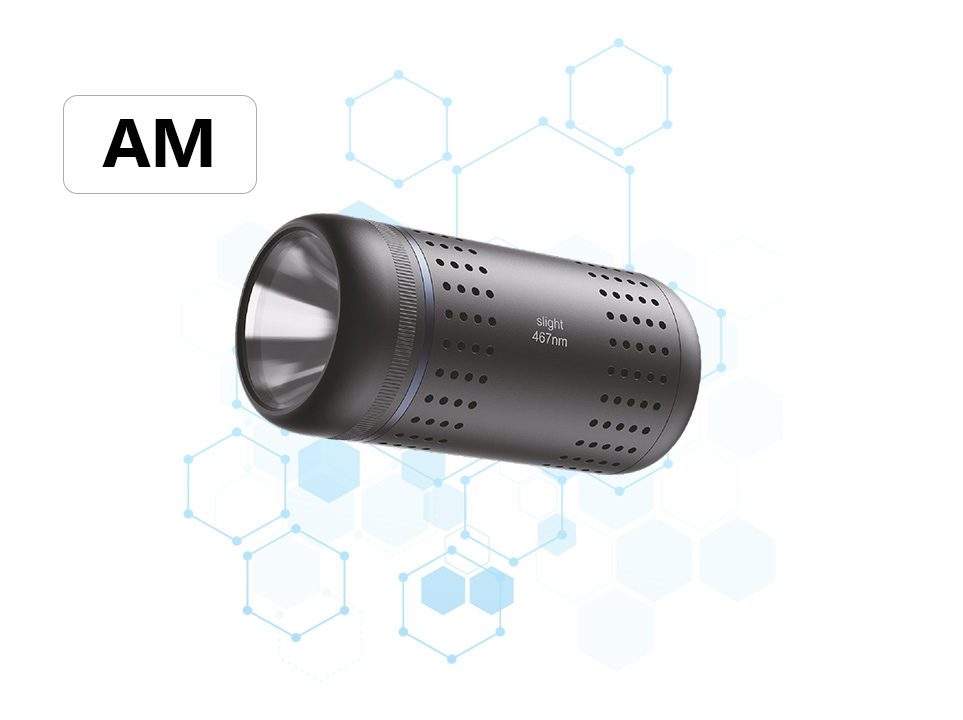Characteristics and application advantages of the coil-type continuous flow photoreactor
In the realm of chemical synthesis and photocatalysis, the coil-type continuous flow photoreactor has emerged as a game-changer, offering a multitude of benefits that have revolutionized the way we approach photochemical reactions. This innovative reactor design combines the efficiency of continuous flow systems with the power of photochemistry, paving the way for advanced research and industrial applications. Below, we delve into the distinctive characteristics and application advantages of the coil-type continuous flow photoreactor, highlighting why it is becoming a staple in modern laboratories and production lines.
Characteristics of the Coil-Type Continuous Flow Photoreactor
1. Efficient Light Utilization:
The coiled design of the reactor maximizes the exposure of the reactant mixture to light sources, such as LEDs or UV lamps. This configuration ensures that every drop of the reaction mixture is uniformly irradiated, promoting higher yields and minimizing byproduct formation. The compact footprint of the coiled tube also allows for better control over light intensity and wavelength, tailored to the specific needs of the photochemical reaction.
2. Continuous Flow Operation:
Unlike batch reactors, the coil-type photoreactor operates on a continuous flow basis. This means that reactants are continuously fed into the reactor, and products are continuously extracted, enabling a steady-state operation. This feature not only enhances productivity but also facilitates better temperature and residence time control, which are crucial for precise reaction management.
3. Scalability:
The scalability of coil-type photoreactors is a significant advantage. By simply increasing the length or diameter of the coiled tube or adding more coils in parallel, researchers and engineers can easily scale up the reaction volume to meet larger production demands without compromising the reaction efficiency or product quality.
4. Enhanced Mixing and Heat Transfer:
The turbulent flow within the coiled tube enhances mixing of reactants, ensuring homogeneous reaction conditions. Additionally, the compact design facilitates efficient heat transfer, allowing for better temperature control during the reaction. This is particularly beneficial for reactions that are sensitive to temperature fluctuations.
Application Advantages
1. Pharmaceutical Synthesis:
In the pharmaceutical industry, coil-type photoreactors excel in synthesizing complex molecules that require precise control over light exposure, temperature, and reaction time. They enable the production of APIs (Active Pharmaceutical Ingredients) with high purity and yield, accelerating drug discovery and development processes.
2. Materials Science:
In materials science, these reactors are instrumental in the synthesis of advanced materials such as polymers, photocatalysts, and luminescent materials. The ability to finely tune reaction conditions allows for the creation of materials with tailored properties, essential for applications in energy storage, optoelectronics, and beyond.
3. Environmental Remediation:
Coil-type photoreactors are also pivotal in environmental remediation technologies, particularly in the degradation of pollutants using photocatalysis. Their continuous flow operation ensures efficient treatment of large volumes of wastewater or air, making them an attractive solution for addressing environmental challenges.
4. Academic Research:
For academic researchers, the coil-type photoreactor offers a versatile platform for exploring new photochemical reactions and reaction mechanisms. The ability to rapidly change reaction conditions and scale reactions up or down makes it an ideal tool for hypothesis testing and fundamental research.
Conclusion
The coil-type continuous flow photoreactor stands out due to its efficient light utilization, continuous flow operation, scalability, and enhanced mixing and heat transfer characteristics. These features collectively contribute to its wide range of application advantages, making it a vital component in various industries and research settings.





